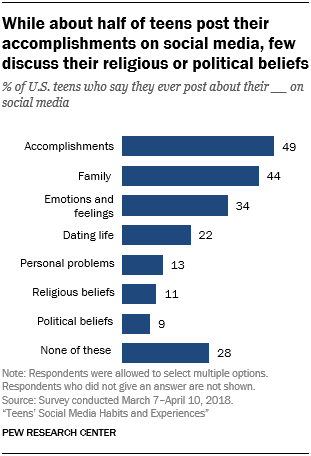

Why, in the world’s largest economy, are children like Darnell still languishing in poverty? Every year children spend in poverty is dangerous and expensive.

Only two states had white child poverty rates that were 20 percent or higher (see Table 6).More than 25 percent of Black children were poor in 35 states and the District of Columbia in 2018 Hispanic children, in 29 states and American Indian/Native Alaska children, in 20 states.Nearly 1 in 3 Black (30.1 percent) and American Indian/Alaska Native children (29.1 percent) and nearly 1 in 4 Hispanic children (23.7 percent) were poor compared with 1 in 11 white children (8.9 percent) (see Tables 5-6).Ĭhildren’s chances of being poor are also partly a result of the lottery of geography.More than 1 in 6 children under 6 were poor and almost half of them lived in extreme poverty (see Table 4).The youngest children are the poorest and nearly 73 percent of poor children in America are children of color. Children are considered poor if they live in a family with an annual income below the Federal Poverty Line of $25,701 for a family of four, which amounts to less than $2,142 a month, $494 a week or $70 a day (see Table 3).Ĭhild poverty is related to both age and race/ethnicity. The child poverty rate (16 percent) is nearly one-and-a-half times higher than that for adults ages 18-64 (11 percent) and two times higher than that for adults 65 and older (10 percent). Nearly 1 in 6 lived in poverty in 2018-nearly 11.9 million children (see Table 2). Despite 10 years of economic recovery and continued declines in child poverty for all racial and ethnic groups, too many children like Darnell are being told to be patient, to wait to feel the effects of an improving economy.Ĭhildren remain the poorest age group in America. Darnell’s days are long and they take a lot of patience-to get to school, to get to the next meal, to get to his favorite part of the day, football practice, to turn around and get back to the shelter. The school bus has left, and now his family must make a 90-minute trek from the shelter where they are staying to Public School 76.

So too is fourth-grader Darnell, who sees the light from the rising sun and knows something is wrong. and the sky is just waking up in Queens, N.Y. 1 in 6 CHILDREN IN AMERICA LIVE IN POVERTY.


 0 kommentar(er)
0 kommentar(er)
